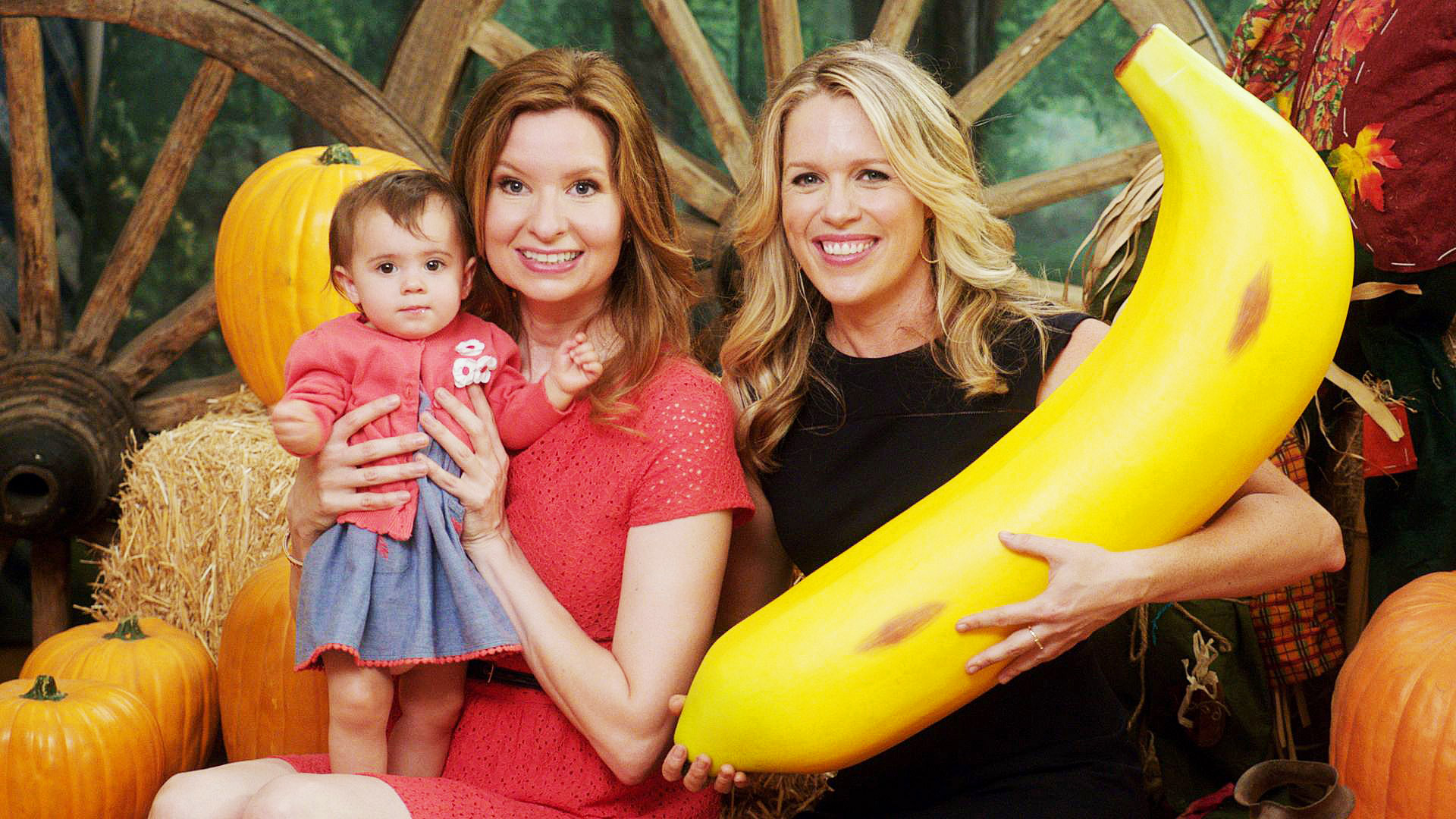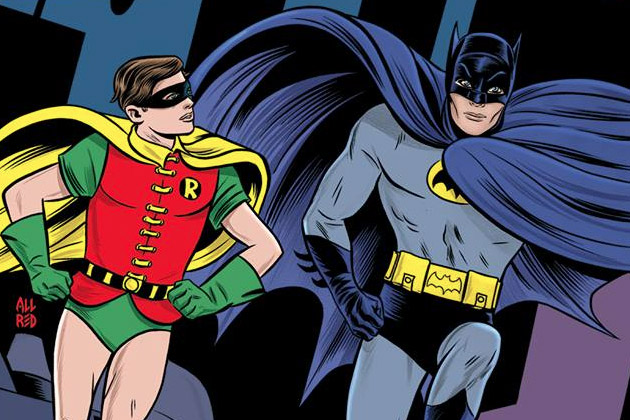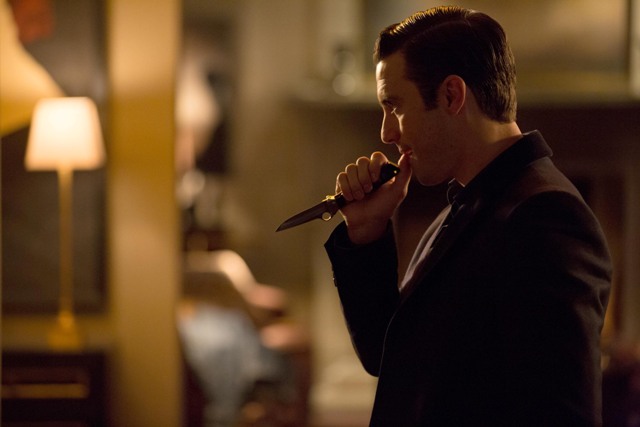Playing House, Season 2, Episodes 1 and 2, “Hello, Old Friend” and “Sleepless in Pinebrook”
Written by Lennon Parham & Jessica St. Clair (“Hello, Old Friend”), Anthony King (“Sleepless in Pinebrook”)
Directed by Stuart McDonald
Airs Tuesdays at 10pm (EST) on USA Network
When Playing House finished its first season in early 2014, its future was very much in flux. The show was an experiment for USA Network, which made a name for itself as the home of predictable and breezy dramas about lawyers and sports doctors. Playing House was one of the network’s first comedies, and it was clear USA Network was confused on how to market it to viewers. Despite this, the show still managed to find a loyal, albeit small, fanbase of viewers and critics alike and got picked up for a second season.
Created and starring Jessica St. Clair and Lennon Parham, regulars on the podcast circuit and Upright Citizens Brigade (UCB) improv veterans, Playing House‘s first season celebrated female friendship as it told the story of two best friends who decided to raise a baby together. Emma (St. Clair) gave up her high-powered job in China to return home to support Maggie (Parham), as Maggie was pregnant and had just recently found out her husband Bruce (Brad Morris) had cheated on her. Playing House populated the show with UCB alumni and comedy actors, including Keegan-Michael Key as Mark, a former boyfriend of Emma’s, and Zach Woods as Maggie’s brother, Zach. Season two picks up four months after the finale of season one, with Maggie and Emma navigating how parenting a growing baby Charlotte affects the life they had before.
What’s apparent in “Hello, Old Friend” and “Sleepless in Pinebrook,” the two episodes that open the season, is that Playing House is stealthily one of the best shows on television about living in a small town. Between awkward run-ins in public places to finding out an old driving instructor is on Tinder, the show captures the familiarity and slight claustrophobia of being in the same small place for a long time.
Season one ended with Mark’s wife Tina (Lindsay Slone) forbidding Emma or Maggie from seeing Mark again, an almost impossible request in a town as small as Playing House‘s Pinebrook, where everyone knows each other. “Hello, Old Friend” reveals that Maggie and Mark have been secretly meeting, sneaking behind their respective partners’ backs so Mark can see baby Charlotte and still connect with his friend. This leads to Maggie accidentally leaving one of Charlotte’s toys behind in Mark’s house and a convoluted breaking and entering plan with Emma to get the toy back before Tina finds out.

Parham and St. Clair are at their best in this espionage scene, their panic escalating as they eventually lock themselves in a closet so as to not get caught, overhearing what Tina and Mark really think of them as people. This is where Playing House changes the script: instead of the episode ending on the lingering animosity that’s been building between Tina and Emma, the show decides to have them talk it out. The four people admit how they feel about one another, after a wonderful bout of shouting by Key where he channels one of his popular Key & Peele characters, anger translator Luther. Tina and Emma part as begrudging allies, if not friends, and the show resists the all-too common “women cattily hating other women” story. Playing House is excellent at moments like these, taking classic sitcom plots and giving them new life through inventive writing.
“Sleepless in Pinebrook” does the same thing with the idea of someone getting back into the dating scene after a big life event. This story works, despite its familiarity, because of the strong, silly friendship between Emma and Maggie. When Maggie decides she might be ready to start dating, Emma is so delighted that she launches into the project with the singular force of a Category 3 hurricane. She immediately puts Maggie on Tinder and then creates a serial killer-esque wall of pictures of potential suitors in the living room for Maggie to choose from. It’s the intensity of love that shines through in this episode, that Emma so willingly drops everything to help her friend be happy. That self-sacrificing, slightly over-the-top, ultimately beautiful love between friends is one of the best parts of Playing House.
And it’s not just Maggie and Emma that showcase this kind of love, but the actors and the show as a whole. Parham and St. Clair have created their show as a place to play, where everyone is part of the team. Writing roles for their friends in comedy, including talented UCB improvisers in the cast, and building a story out of their own relationship contributes to a joyous atmosphere that’s infectious on screen and off. As long as the show continues to build on this solid foundation, sex dreams about the men from Property Brothers, photoshoots with toucan heads, and deep feelings about family and motherhood can all coexist in the joyous, wonderful world of Playing House.





